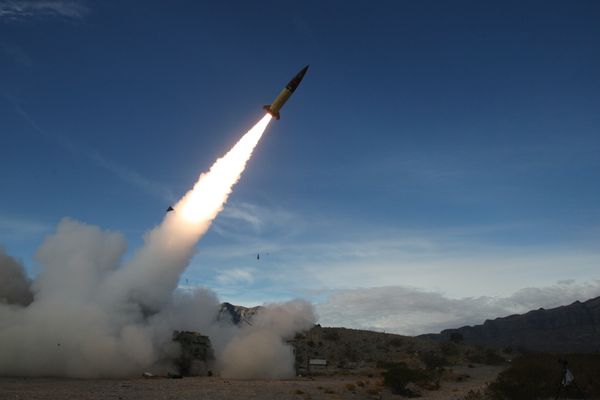
When does Ramadan end in 2022? Ramadan will this year finish on Sunday, May 1 or Monday, May 2, 2022, which see the beginning of Eid Al-Fitr.
Why the confusion about dates?
The exact dates of the month-long fast in the Islamic calendar are tied to the movements of the Moon, with the first sighting of this weekend’s crescent Moon the trigger for the end of Ramadan and the start of the three-day feasting festival of Eid al-Fitr (the “festival of breaking the fast”).
However, this New Moon is not only a “Shawwal Moon,” but also a “Black Moon.” Incredibly it will also cause 2022’s first solar eclipse as the Moon crosses the Sun—observable only in South America—and make it easier to see both a rare conjunction of Venus and Jupiter and a “shooting star” display caused by Halley’s comet.
Here’s everything you need to know about a busy weekend for the significance of our natural satellite in space:
What is a ‘Shawwal Moon?’
Muslims call this auspicious crescent Moon the “Shawwal Moon” because it occurs in the tenth month of the Islamic calendar, which is based on the phases of the Moon. Its sighting begins Eid Al-Fitr.
The “Shawwal Moon” can come mere hours after the astronomical New Moon. A New Moon is invisible. It occurs when the Moon is roughly between the Earth and the Sun, so it’s lost in our star’s glare from our point of view. Then it emerges briefly in the west just after sunset as a super-slim crescent. That’s the “Shawwal Moon.”
When is the ‘Shawwal Moon?’
It’s likely to be on either Sunday, May 1, 2022 or Monday, May 2, 2022. On Sunday, May 1, 2022 the crescent Moon will only be 0.7% illuminated and 0.9 days old, which may be too difficult for astronomers to see just after sunset. However, the next evening the Moon will be 3.4%-illuminated and 1.8 days old, so it will be a little brighter in the post-sunset sky. It will also be higher in the sky.

What is a ‘Black Moon?’
Although there are various definitions the term “Black Moon” is used to describe the scenario when there’s more than one New Moon in the same calendar month.
That’s what’s happening in April for everyone on the planet—and it’s the only universal “Black Moon” in 2022.
A “Black Moon” can occur because the Moon takes 29.5 days to orbit Earth, which is roughly the length of a month (a moonth). The reason why most months are longer than that—and one month, February, shorter—is because 12 orbits of the Moon is only 354 days ... and we know Earth takes 364 days to orbit the Sun. Our calendar is solar, not lunar, though many religious festivals work on a lunar calendar.

When and where is the solar eclipse?
The New Moon will also cause 2022’s first solar eclipse. About 90 minutes before sunset on Saturday, April 30, 2022—as seen from Chile—the New Moon will appear to cross the Sun. It will block up to 54% (though less the farther north the observer is).
So it’s a partial solar eclipse, which is dangerous to look at without solar eclipse safety glasses.
As the eclipsed Sun sinks into the Pacific Ocean it should herald some beautiful images—the opposite to this weird sight seen in North America during last June 2021’s partial solar eclipse.

When is the conjunction of Venus and Jupiter?
Look to the east before sunrise on Saturday, April 30, 2022 and you’ll see the two brightest planets—Jupiter and Venus—in a close conjunction. In fact, they’ll be a mere 12’ apart in the pre-dawn sky.
If that’s not enough astronomy for you for one weekend then keep an eye out for “shooting stars” because the Eta Aquarid meteor shower peaks on May 4-5, 2022.
Wishing you clear skies and wide eyes.







